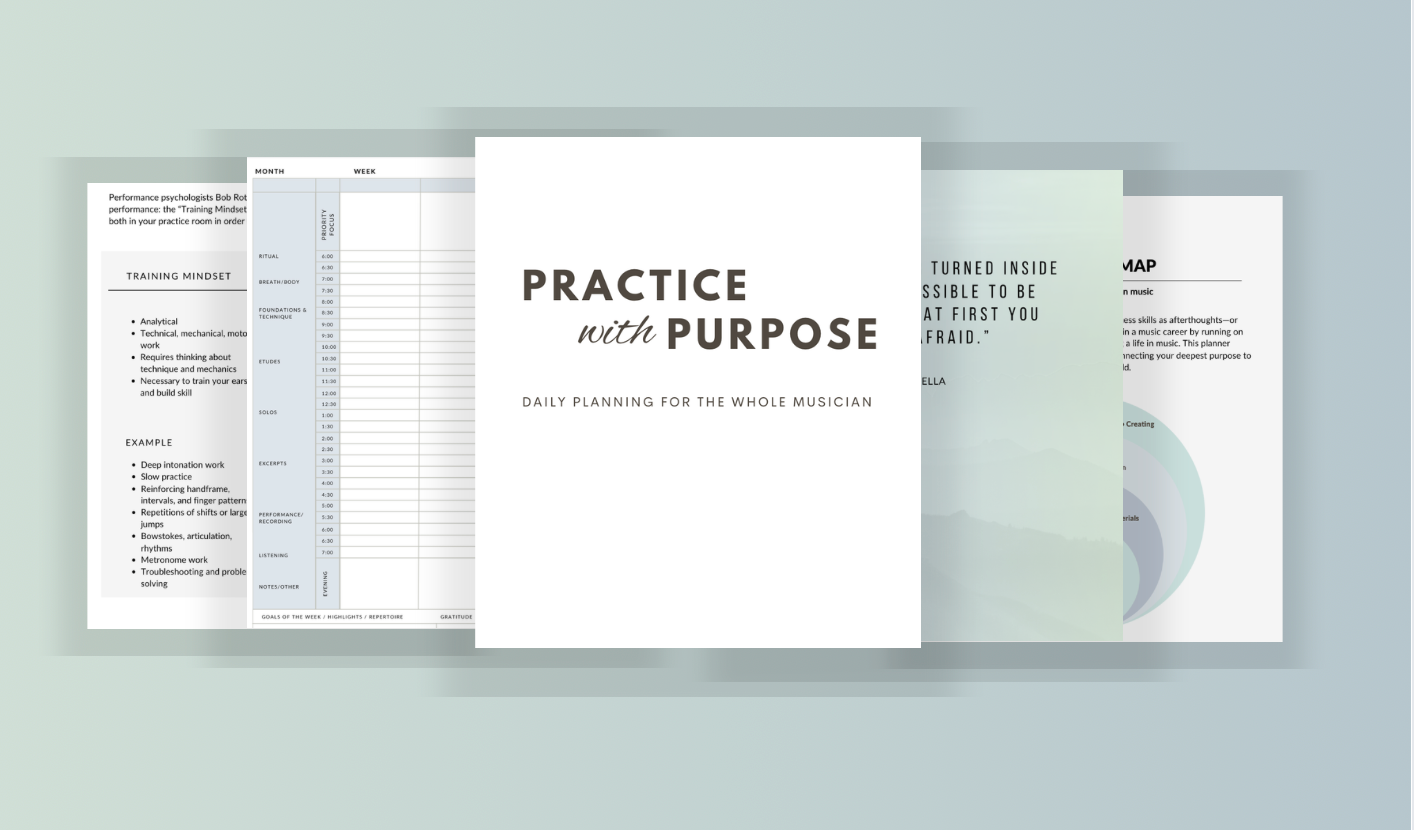Laban Eight Efforts for Musicians

Have you ever written the words "sing", "flow", "connect" or even "dance" in your music to make a passage come alive?
As musicians, we are given the opportunity to tell stories in and through the movement of sound. Working with and teaching students how to use such a temporary and fleeting medium often finds me reaching across disciplines to explain how a sound should be created.
I (Ixi here) frequently ask my students to "draw" a shape, "dance" a waltz, or "move" like a robot. So when I was recently introduced to a method and language for describing, visualizing and interpreting human movement, I started using it to describe sound in motion.
It's called the Laban Eight Efforts, used by actors and dancers to study "effort actions". It's astonishing the ways we can study the body's movements in space and time -- and then correlate it to sound. Actor Sasha Olinick introduced this concept to our Thrive students and they were loving it!
Using a combination of space, weight and time to create a flow of action events, you can divide movements to 8 specific motions: 𝘧𝘭𝘰𝘢𝘵, 𝘸𝘳𝘪𝘯𝘨, 𝘨𝘭𝘪𝘥𝘦, 𝘱𝘳𝘦𝘴𝘴, 𝘧𝘭𝘪𝘤𝘬, 𝘴𝘭𝘢𝘴𝘩, 𝘥𝘢𝘣 and 𝘱𝘶𝘯𝘤𝘩.

𝗪𝐡𝐚𝐭 𝐦𝐨𝐯𝐞𝐦𝐞𝐧𝐭 𝐞𝐱𝐚𝐦𝐩𝐥𝐞𝐬 𝐜𝐚𝐧 𝐲𝐨𝐮 𝐭𝐡𝐢𝐧𝐤 𝐨𝐟 𝐭𝐡𝐚𝐭 𝐮𝐬𝐞 𝐭𝐡𝐞𝐬𝐞 𝐞𝐟𝐟𝐨𝐫𝐭𝐬? 𝐀𝐧𝐝, 𝐭𝐡𝐞 𝐧𝐞𝐱𝐭 𝐭𝐢𝐦𝐞 𝐲𝐨𝐮 𝐬𝐢𝐭 𝐝𝐨𝐰𝐧 𝐭𝐨 𝐩𝐫𝐚𝐜𝐭𝐢𝐜𝐞, 𝐜𝐚𝐧 𝐭𝐡𝐞𝐬𝐞 𝐞𝐟𝐟𝐨𝐫𝐭 𝐚𝐜𝐭𝐢𝐨𝐧𝐬 𝐡𝐞𝐥𝐩 𝐲𝐨𝐮 𝐛𝐫𝐢𝐧𝐠 𝐲𝐨𝐮𝐫 𝐦𝐮𝐬𝐢𝐜 𝐢𝐧𝐭𝐨 𝐬𝐨𝐮𝐧𝐝 𝐦𝐨𝐭𝐢𝐨𝐧?


